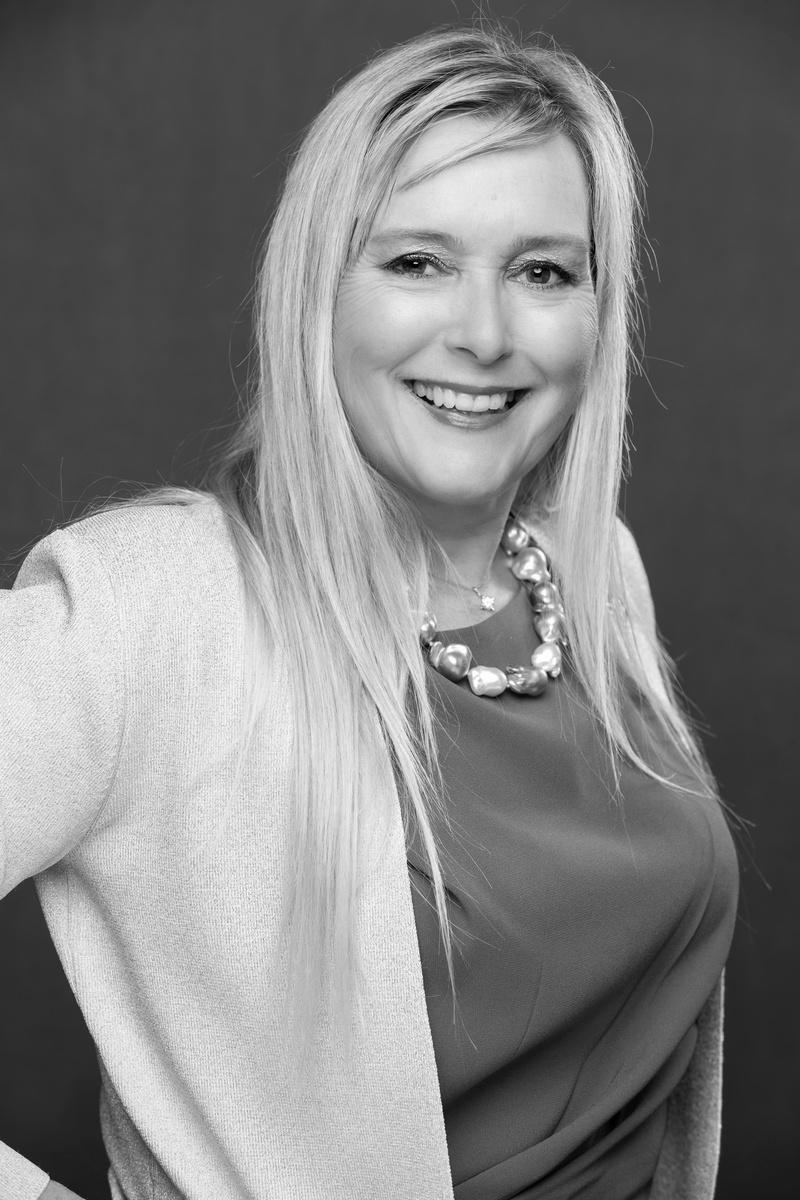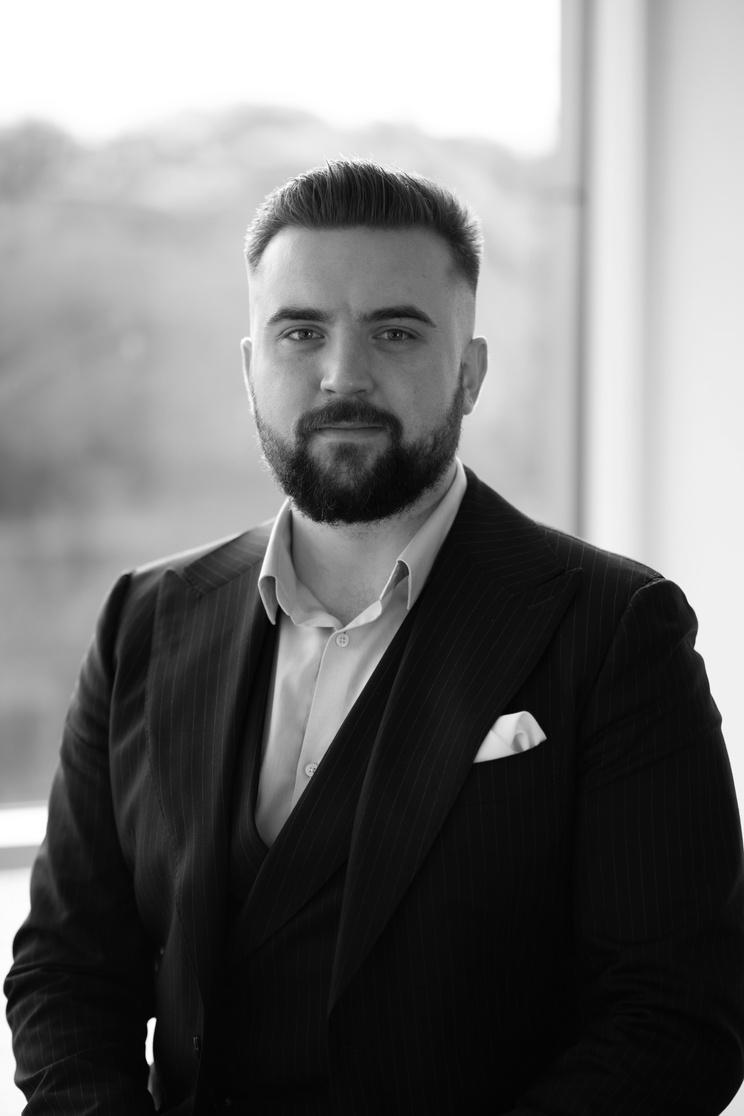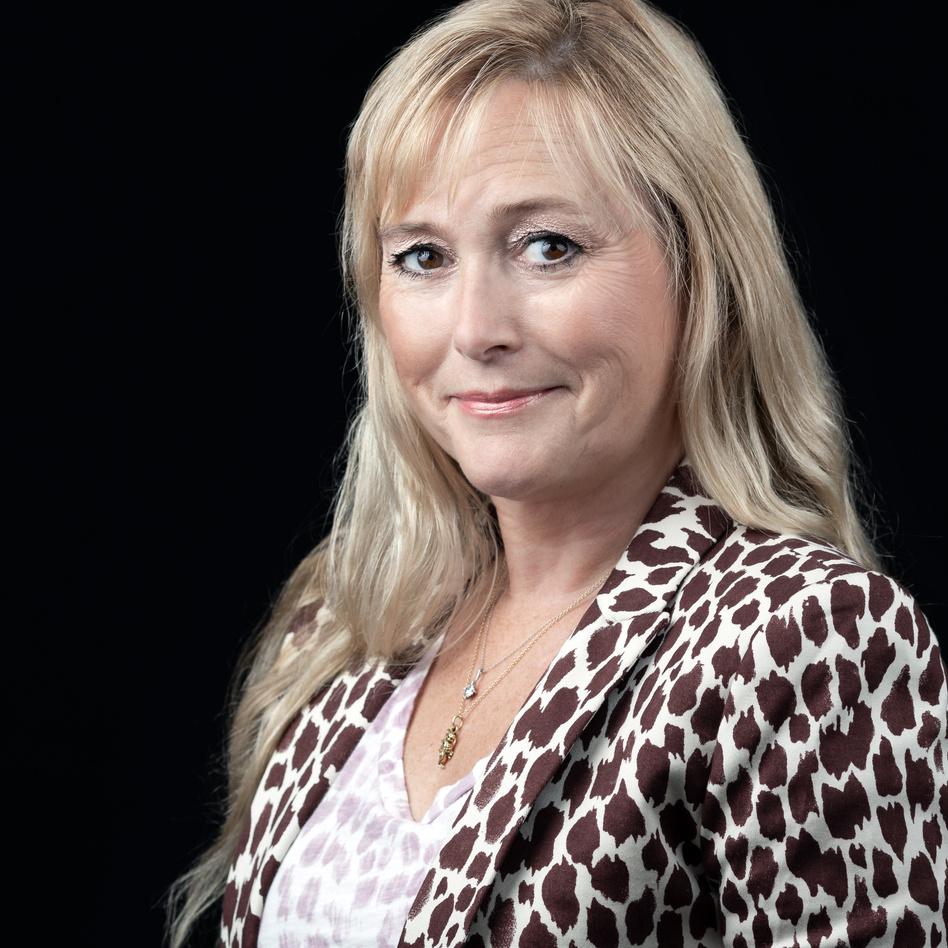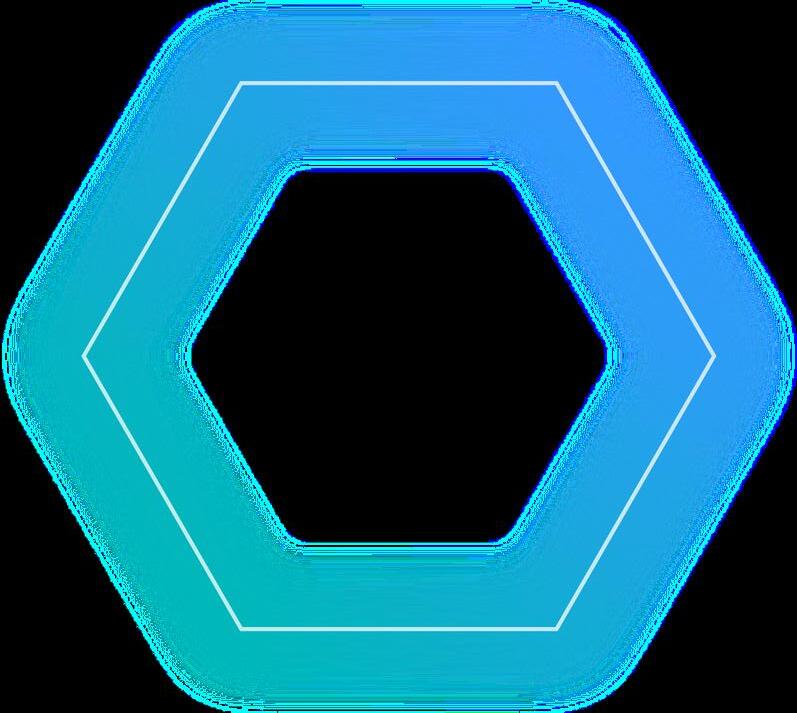
















Jane Myles, is the Program Director for the DTRA and advisor to several life sciences organizations.Hercareer,spanningovertwoandahalfdecades,hasseenherworkfor someofthemostwell-knownandrespectedorganisationsintheworld.
JaneenteredtheLifeSciencesindustrybackintheearly1990satEliLilly,whereshebuiltthe foundationsofhercareer.Afterthis,shespentsometimeatanicheCRObeforejoining Genentech in oncology drug development. With the Roche acquisition, she pivoted to specialising in Patient Recruitment and patient-centric trials, becoming their head of OperationalIntelligenceandInnovationfrom2015-2019.
SinceleavingRoche,Janehascontinuedtobuildherexpertise,establishingherselfasa serving in DCT-leadership roles in CROs, tech start-ups, and now a cross-industry consortium. We were thrilled to have the opportunity to speak with Jane, unpack her career,anddissectvaluableadviceshecansharewithournetwork.
Be open to changing the way you think, to develop and diversify your leadership
Ifleadershipistherouteyouwanttotake, you must be willing to evolve your skills over time The beauty of leadership is that you get the opportunity to work with a range of people, and each individual has a unique set of wants, needs, and aspirations that you must nurture There isn’t a ‘one-size-fits-all’ approach to leadership either, which is why the best leaders are continuously open to changingthewaythattheythink,sothey canbetterservetheirteams.
Janeexplainedthatshewasfortunateto be a part of a fascinating internal team 'experiment' in the early stages of her career at Eli Lilly, which opened her mind to the self-directed work team model. The framework meant that teams were set up to work on specific goals, but they had to take care of everything themselves.
Duringthisexperiment,herteamlearned as a collective what they were good at individually, but also learned to acknowledge where they may need to improve and to call on each other in tougher areas. This model of working enabled the whole team to work more effectively, and Jane also took this methodology into her future leadership roles.
It can be common for leaders to hold themselves to unrealistic standards, especially in the earlier years of their careers, assuming that they are expected to have all of the answers and in turn make the decisions. Jane discussed that she found being imperfect and showing vulnerability was a better way of managing, instead of having a perfectionist mindset which was,inturn,hinderinghergrowth!

I n o t i c e d t h a t I h a v e t o s h i f t t h e w a y I ' m t h i n k i n g . T h a t s h i f t w i l l p r o v i d e m e w i t h a c c e s s t o a n e w s e t o f s k i l l s , a s w e l l a s i n p u t f r o m p e o p l e w h o w i l l h e l p m e d o t h e t h i n g s t h a t I c a n ’ t d o a l o n e . L e a d e r s a r e m e a n t t o e n a b l e p e o p l e t o o p e r a t e a t t h e i r b e s t p o t e n t i a l b y p r o v i d i n g t h e m s u p p o r t a n d g u i d a n c e , n o t n e c e s s a r i l y a n s w e r s . ”


om her work in this process re-engineering role. She’d to embrace change and be a change agent. The big veryone wants to have to make decisions in their dayevelation that caused her to take a step back and le simply want to show up and do what’s expected of lyfinetooperateinthisway
Diversifying your leadership is more than just ensuring that you don’t have a team.It’salsoaboutlookingatdiversityinworkingsty s of thinking, and asking people what their definitions


Whencreatingateam,it’simportantthatyoudon’tshyawayfromsettingyour expectations as a foundation for them to adhere to. As essential as it is to embracediversityandlookatdifferentworkingstyles,don’tsacrificestandards and expectations in the process. This allows you to still have structure and deliverablesoutlined,whilstalsogivingpeopleautonomywithinyourteam.

To truly diversify your leadership skills, you must be open to healthy conflict resolution.It’scrucialtobereceptivetofeedbackgivenbyyourteamtoavoid fallingintoa‘black-box’wayofthinking.Janehighlightedthatconflictcanfuel innovationandtheadaptationofnewmethods:
It’sessentialtounderstandthatnoteverybodywithinyourteamwillbeahigh achiever.Thisdoesn’tmeanthatthey’relazy,demotivated,orlackpassion,but instead,theysimplyworkdifferently,andthat’sOK!

Ifyouhaveateamwithonehighachiever,yourgoalshouldn’tbefocusedon therestofyourteamtofollowinthefootstepsofthatoneindividual.Instead,look atthestrengthsofeachindividualandfindoutwhatgivesthemjobsatisfaction, notwhatgivesyousatisfactionasaleader
It can be difficult to do, as you must remove your ego from the equation. However,ifyou’reabletosupportdiverseworkingstylesandgoals,thenyouwill starttoorganicallybuildamorediverseteam.


s t a r t t h i n k i n g t h a t y o u r

b e l i e f s c a n s h i f t , t h e n y o u
c a n s t a r t t o m a k e a c h a n g e .
“What gets in the way is when we have preconceived notions or operate in a black box of beliefs. So, if you can just open the box enough for you to start thinking that your beliefs can shift, then you can start to make a change.”
 JANE MYLES
JANE MYLES

"
Jane attributes her successes throughout her career to embracing the 'Yes, and'mindset.Shebelievesthatthishasnotonlygrownherconfidenceonher journey to leadership, but has also meant she has developed her skills, networking,andout-of-the-boxthinking.
Itcanbeincrediblydifficulttosay“yes”toopportunities,especiallyifyou’rein the early stages of your career and still building your confidence. However, takingyourselfoutofyourcomfortzonecanleadtoexploringopportunities thatcouldelevateyourcareerornetworkinwaysthatyoudidn'tknowwere possible
Jane also believes that the mindset of saying 'Yes, and' has allowed her to battlebiasesthatshemayhavehadaboutherself,whichcanbecommon when finding your feet in leadership. This approach has proven to be a powerfultoolforself-discoveryandgrowthinhercareer.
Vulnerability is a common theme that we’ve explored throughout our previous ‘WomeninLeadership’seriesand‘DiversifyingLeadership’sofar,andthere’sareason why it’s always a key piece of advice that is shared. Vulnerability, despite how dauntingitcansometimesfeel,canbeyour‘silverbullet’forsuccessasaleader.
“Ihadtheopportunitytoworkwithverysenior leaderswhowereself-awareenoughandselfconfidentenoughtobeabletosay‘I’mnotgood atthis’andtoaskforhelp.”
Knowingyourstrengthsandutilisingthemwhilstalsobeingabletoholdyourhands up and say “I don’t know” is the perfect ‘yin and yang’ for authenticity as a leader. Peoplewanttobeabletolookattheirleadersandtrustthem,andtheonlywaythat can be achieved is through raw human connection and understanding that someoneisn’tperfect.


“It was more about creating space for people to add who I was, instead of reducing me into a box.”
 JANE MYLES
JANE MYLES

“I’magirl,andI’malsoagirlygirl,sothatputmeinaboxrightaway,andI’ve foughttoothandnailtogetoutofthatboxformyentirecareer.”
Although we are all victims of projecting our biases onto others, we are also victimsofprojectingourbiasesonourselves.Forexample,beingultra-feminine orultra-masculinemayhavehinderedusfrompursuingacareerpathoreven ahobby,oroursocioeconomicbackgroundorupbringingmayhavegivenus limitingbeliefsaboutourselves.
Janehighlightedthatshefeltthatothershadputherinaboxbecauseshewas a girly girl. People assumed that she wouldn’t like maths or science and wouldn’tgetherhandsdirty
“Itwasfascinatingtome,becauseI’dalwaysthoughtofmyselfasanincredibly privilegedpersontohaveopportunitiesanddoallthethingsIgottodo.Itdidn’t crossmymindthatIdidhavetoprovemyworthmultipletimesuntilsomeone elsetoldmeabouttheinsurmountableoddsIovercame.”
Thereistremendousvalueinaskingthosearoundyouhowyou’reperceived. Notonlydoesthatstopyoufromputtingyourselfinabox,butitalsoallowsyou tounderstandthebarriersthatyou’refacedwithandhowyoucanpotentially overcomethem.
Being intentional about diversifying your team was also a topic discussed in our previous episode with Dawn, and Jane echoed manyofherthoughtsinthisconversation.
Janehighlightedthatembracingdiversityismorethanjustgender, background,andethnicity.Itcanalsobeaboutdiverseleadership styles,diversewaysofthinking,anddiverseapproaches.
“I’ve recently joined a board which is a patient organisation board. What I appreciated about that process was that the leaders of the board sought different experiences and mindsets, whilst being very intentional about that being their goal. They were thinking deliberately about who would be disruptive - in a good way - to shake things up.
They asked questions such as: How might we use technology differently? How might we help people understand research and how they can participate differently? How might we go and talk to the FDA about some of the variables they're using as endpoints and why maybe they need to diversify their thinking.” -
Jane MylesFinally, Jane highlighted the benefit of disruption for a positive purpose. When people think of disruption, there can be negative connotations that spring to mind. However, she believes that disruption allows organisations to shift their culture, create more progressionopportunitiesandgeneratenewideas.


“After you've had your conversations, as a leader, you need to be on board with the decision made, and support it with your entire core. The disruption is helpful when you're ready to put it aside and do the work of what you've agreed to.”JANE MYLES


Our Diversifying Leadership series will continue throughout 2024, welcomingguestacrosstheLifeScienceindustry,ifyouhaveany questions or topics that you would like to hear discussed on the podcast please email our marketing team here. Or if you’d be interestedinbeingapartoftheseries,we’dlovetohearfromyou.
Clickheretosubscribetoourmonthlynewsletter.
WearealsoworkingwithanumberofclientsontheirDEIstrategies and how we can support them as an agency to make a true differencetotheirhiring
TolearnhowApsidacansupportyouoryourorganisation,please clickhere.
WILLIAMPENTICOST HeadofVendorServices
+44(0)2038544604
William.Penticost@apsida.co.uk